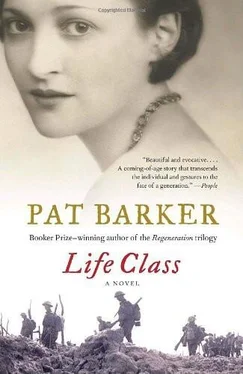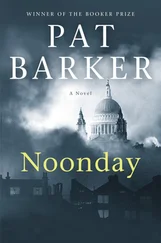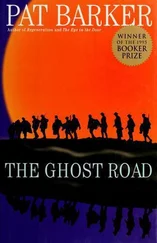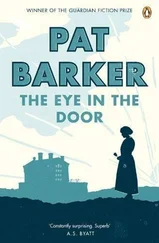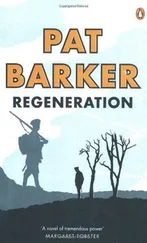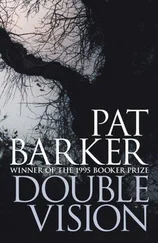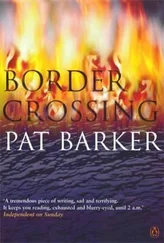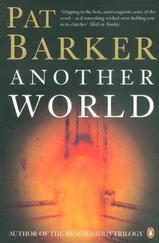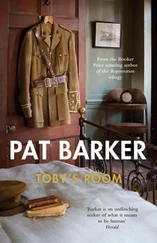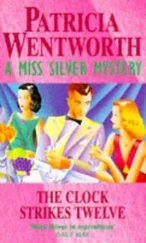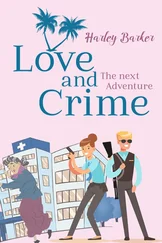All these artists, and many others equally distinguished, studied under Henry Tonks. In 1916, Tonks, who had been a surgeon before he became an artist, went to work with Harold Gillies, who was then pioneering the techniques of modern plastic surgery on the faces of mutilated young men. Tonks’s job was to make drawings of the patients before, during and after surgery. In addition he embarked on a series of sixty-nine portraits of facially mutilated men which are among the most moving images to have come out of any war. They were not exhibited in his lifetime, nor for many years afterwards.
Henry Tonks: Art and Surgery by Emma Chambers pays tribute to the man and his work while raising a number of interesting and disturbing questions about the ways in which the wounds of war are represented — or, more often, hidden.
Several writers recorded their experiences of nursing wounded men.
A Diary without Dates by Enid Bagnold
Chronicle of Youth, Great War Diary 1913–1917 by Vera Brittain, edited by Alan Bishop
The Forbidden Zone by Mary Borden
The Backwash of War by Ellen N. La Motte
Two books dealing with other aspects of the medical history of the war were particularly useful:
Gentlemen Volunteers by Arlen J. Hansen describes the work of American ambulance drivers at the front.
Doctors in The Great War by Ian R. Whitehead is an account of how the army medical services expanded to cope with unprecedented casualties until, by 1918, more than half the nation’s doctors were on active service.
Several books give an insight into the atmosphere on the Home Front:
The Enemy in our Midst: Germans in Britain during the First World War by Panikos Panayi
Ottoline Morrell by Miranda Seymour
Notebooks by Katherine Mansfield, edited by Margaret Scott
I would like to thank my agent, Gillon Aitken of Gillon Aitken Associates, and my editor, Simon Prosser at Hamish Hamilton. Above all, I am grateful to my husband, David Barker, for his unfailing love and support.
